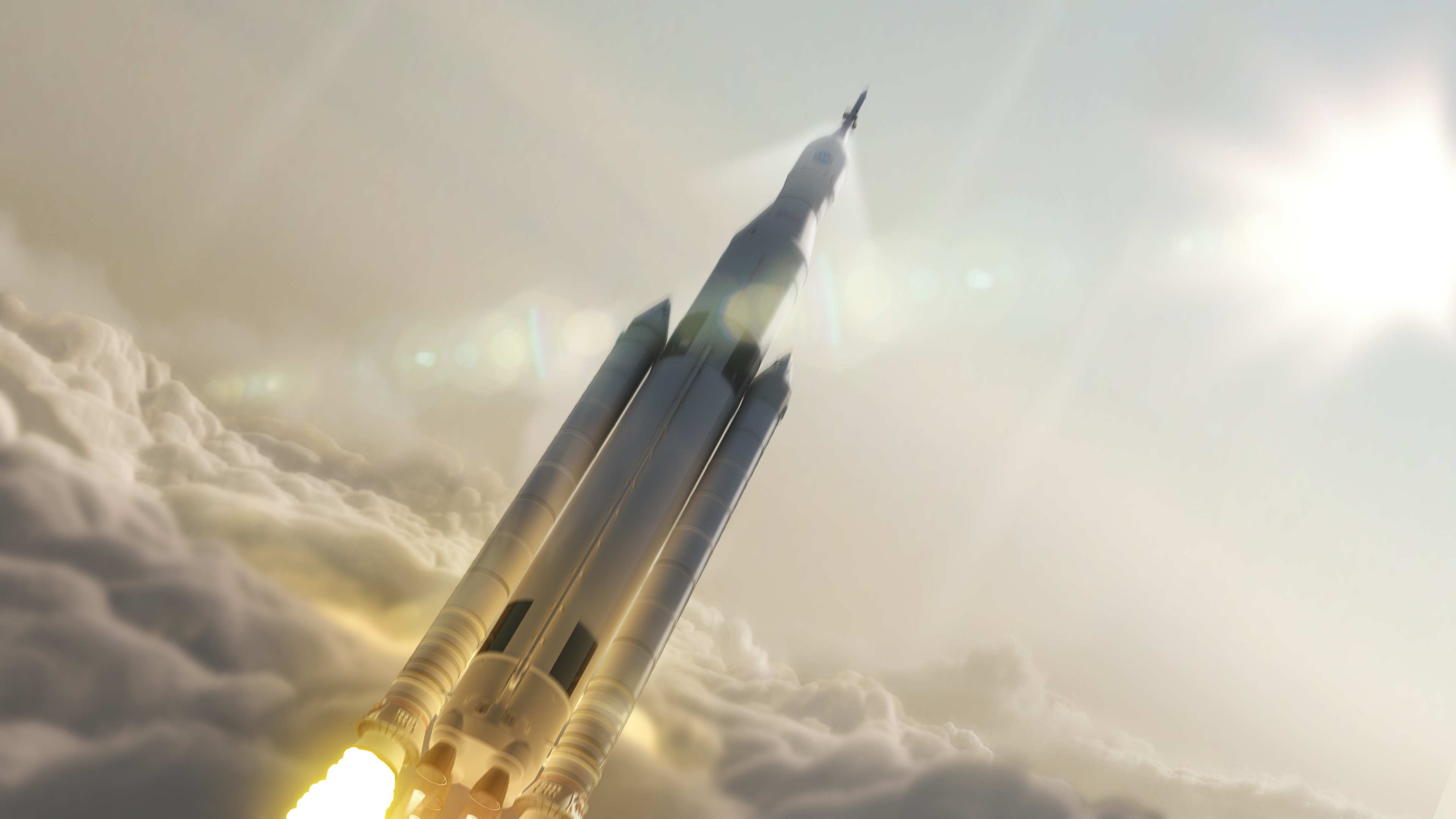The huge rocket NASA is developing to get astronauts to an asteroid, Mars and other distant destinations should also greatly aid robotic exploration efforts, members of Congress were told Tuesday (July 28).
The Space Launch System (SLS) megarocket, scheduled to fly for the first time in 2018, will blast unmanned spacecraft toward their targets at incredible speeds, dramatically reducing interplanetary travel times, said John Grunsfeld, associate administrator of NASA’s Science Mission Directorate.

“My view is that the Space Launch System will be transformative for science,” Grunsfeld told members of the U.S. House of Representatives’ Science, Space and Technology Committee during a hearing Tuesday entitled “Exploration of the Solar System: From Mercury to Pluto and Beyond.”
As an example, Grunsfeld cited NASA’s planned flyby mission to Jupiter’s ocean-harboring moon Europa, which the agency aims to launch in the early to mid-2020s. Using SLS instead of currently available rockets would slash the probe’s journey to the Jupiter system from about eight years to less than three years, Grunsfeld said. (Mission team members are developing the Europa flyby craft to fit on a variety of different launch vehicles, including SLS.)

